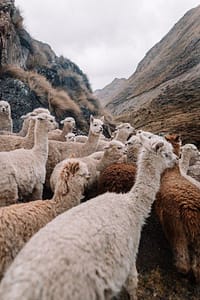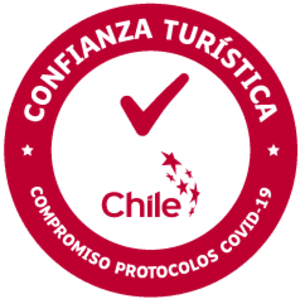Terrantai Blog
February 2nd, 2023
TIPS TO WALK THROUGH SAN PEDRO WITHOUT DAMAGING THE FLORA, FAUNA AND ATACAMEÑO COMMUNITY

Guanacos and foxes are regular victims of being run over on the San Pedro highway, which is why driving prudently is very important. Avoid going into the dunes or national parks by car, not listening to loud music that disturbs the behavior of birds, and not stepping on wetlands are tips given by experts and locals in the area.
Biodiversity is yet another victim of the climate crisis. And while there are global efforts to prevent the list of endangered species from continuing to grow, each person can also contribute to the conservation of ecosystems through simple actions. In addition, taking into account the traditions of our environment and the places we visit as tourists contributes to the respect for the culture and communities that we seek to promote in Terrantai.




 3. Don’t feed the animals
3. Don’t feed the animals